7 Questions to a Resident: Insights into Surgical Training
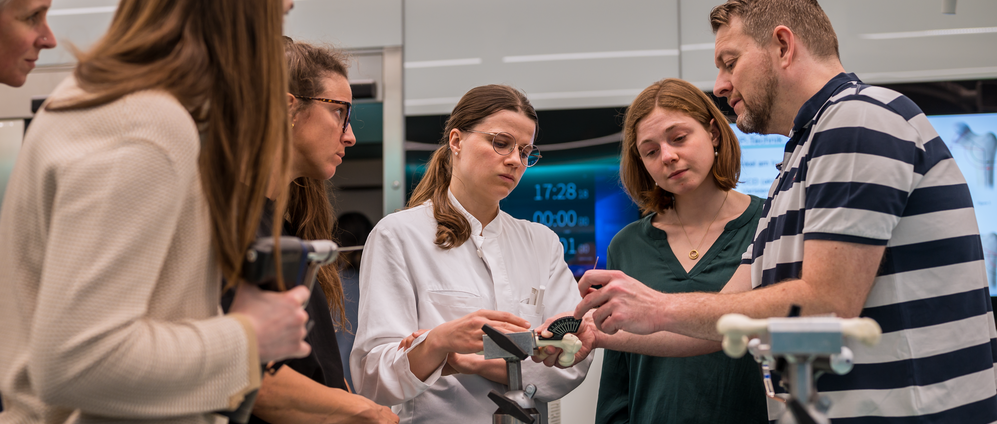
Intro
A Realistic Training Environment for Specialist Education
As part of her training to become an orthopedic specialist at Balgrist University Hospital, Anna Schuler, MD (third-year resident) regularly attends the OR-X Resident Curriculum. This hands-on training program gives young surgeons from across Switzerland the opportunity to prepare for their board exam and improve their skills in a safe, realistic setting. In this interview, Anna shares some key insights from her experience and explains how realistic training opportunities have boosted her surgical education.
Insights from the Inside
-
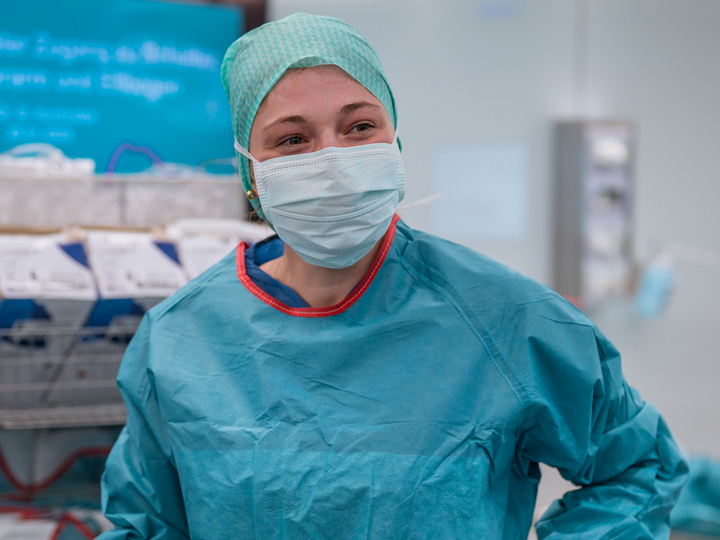 Q1 - How would you describe the curriculum's development over the past year?"The curriculum has evolved very positively. I’m particularly happy with how the course content continues to adapt to participants' needs. Since its start in 2023, both the structure and subjects have continuously improved. The courses are also much easier to plan. We now know exactly when each session is happening, what topics will be covered, and which practical skills we’ll focus on. Our feedback has been taken seriously, which helped create a well-structured, practice-oriented program. For me, it’s been a fantastic opportunity to learn from experienced surgeons at Balgrist and refine my skills."
Q1 - How would you describe the curriculum's development over the past year?"The curriculum has evolved very positively. I’m particularly happy with how the course content continues to adapt to participants' needs. Since its start in 2023, both the structure and subjects have continuously improved. The courses are also much easier to plan. We now know exactly when each session is happening, what topics will be covered, and which practical skills we’ll focus on. Our feedback has been taken seriously, which helped create a well-structured, practice-oriented program. For me, it’s been a fantastic opportunity to learn from experienced surgeons at Balgrist and refine my skills." -
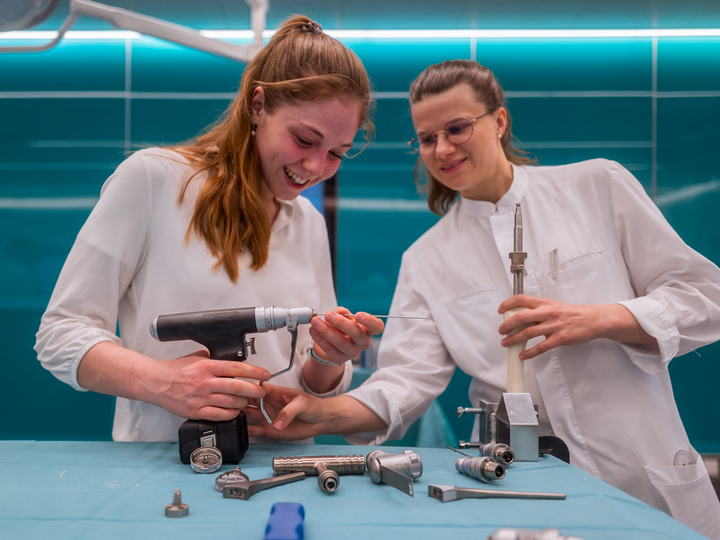 Q2 - What are the advantages of the curriculum compared to other training formats?"One big advantage is the combination of drylab and wetlab training. In the drylab, we learn the techniques using anatomical models. It’s a great way to understand the basics and become familiar with specific movements and procedures without the urgency of a real surgery. Transitioning to the wetlab is especially valuable because it allows us to train on human specimens under near-realistic conditions. We can apply what we’ve learned, make mistakes, and reflect on them with the faculty. That makes the training not only effective but also safe."
Q2 - What are the advantages of the curriculum compared to other training formats?"One big advantage is the combination of drylab and wetlab training. In the drylab, we learn the techniques using anatomical models. It’s a great way to understand the basics and become familiar with specific movements and procedures without the urgency of a real surgery. Transitioning to the wetlab is especially valuable because it allows us to train on human specimens under near-realistic conditions. We can apply what we’ve learned, make mistakes, and reflect on them with the faculty. That makes the training not only effective but also safe." -
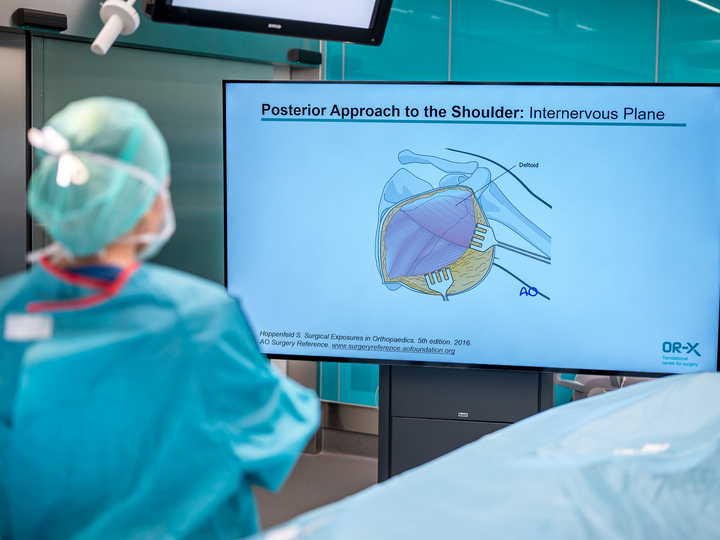 Q3 - What skills have you gained that you couldn’t practice as intensively before?"One of the most valuable aspects of the courses is being able to practice complex surgical techniques in a realistic environment. In regular clinical work, there’s often no time to focus on individual steps or advanced procedures. At the OR-X, I was able to train fracture management and deformity corrections in depth. We also had the chance to get familiar with more advanced techniques like arthroscopy and endoscopy. These require a deep understanding of the instruments and the ability to make mistakes without consequences, something that’s rarely possible in daily clinical settings."
Q3 - What skills have you gained that you couldn’t practice as intensively before?"One of the most valuable aspects of the courses is being able to practice complex surgical techniques in a realistic environment. In regular clinical work, there’s often no time to focus on individual steps or advanced procedures. At the OR-X, I was able to train fracture management and deformity corrections in depth. We also had the chance to get familiar with more advanced techniques like arthroscopy and endoscopy. These require a deep understanding of the instruments and the ability to make mistakes without consequences, something that’s rarely possible in daily clinical settings." -
 Q4 - How has the realistic training influenced your confidence in the OR?"The OR-X has definitely boosted my confidence. Being able to train in a safe setting encouraged me to be bolder and try new techniques. You learn not only the procedures themselves but also how to handle uncertainty and stay calm under pressure. That directly translates to clinical practice: I now apply surgical techniques more quickly and confidently in the OR."
Q4 - How has the realistic training influenced your confidence in the OR?"The OR-X has definitely boosted my confidence. Being able to train in a safe setting encouraged me to be bolder and try new techniques. You learn not only the procedures themselves but also how to handle uncertainty and stay calm under pressure. That directly translates to clinical practice: I now apply surgical techniques more quickly and confidently in the OR." -
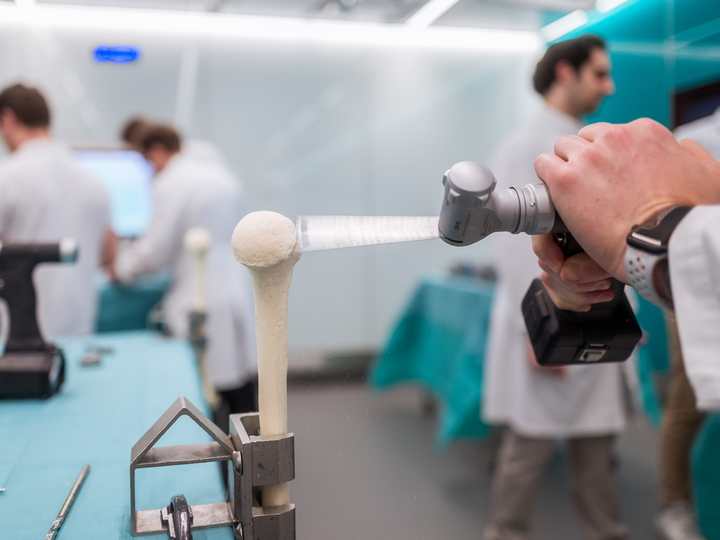 Q5 - What impact has the emphasis on error culture and peer learning had on you?"The error culture is a crucial part of the learning process. Unlike the clinical environment, where mistakes can have serious consequences, in the OR-X errors are considered as learning opportunities. Mistakes aren’t just tolerated, they’re discussed openly. That level of transparency really helps us grow. The exchange with fellow residents and the experienced faculty is especially valuable. You quickly realize that nobody’s perfect and that everyone makes mistakes we can learn from. It fosters trust, teamwork, and a supportive learning culture."
Q5 - What impact has the emphasis on error culture and peer learning had on you?"The error culture is a crucial part of the learning process. Unlike the clinical environment, where mistakes can have serious consequences, in the OR-X errors are considered as learning opportunities. Mistakes aren’t just tolerated, they’re discussed openly. That level of transparency really helps us grow. The exchange with fellow residents and the experienced faculty is especially valuable. You quickly realize that nobody’s perfect and that everyone makes mistakes we can learn from. It fosters trust, teamwork, and a supportive learning culture." -
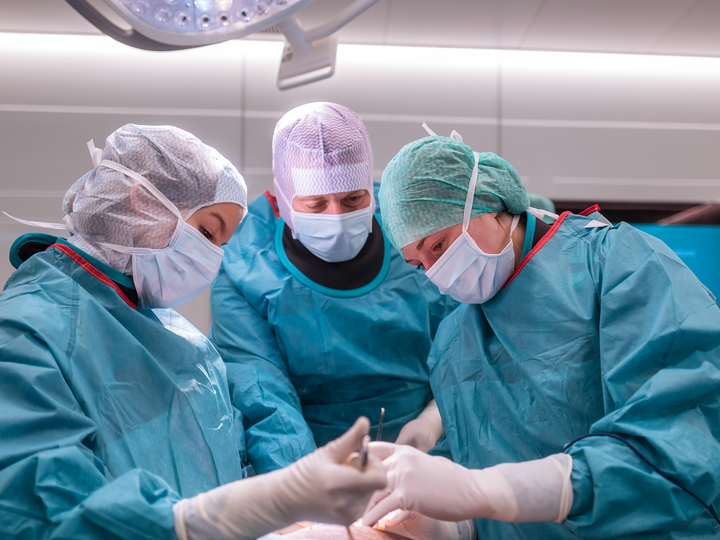 Q6 - How do you see the role of interdisciplinary exchange during courses?"Interdisciplinary exchange is incredibly important. We get to collaborate with residents from different hospitals, which enriches the experience with diverse perspectives and shared knowledge. We also have frequent interaction with faculty from Balgrist University Hospital, who not only share their expertise but support us in challenging situations. That exchange is not just professionally helpful, it’s personally enriching too."
Q6 - How do you see the role of interdisciplinary exchange during courses?"Interdisciplinary exchange is incredibly important. We get to collaborate with residents from different hospitals, which enriches the experience with diverse perspectives and shared knowledge. We also have frequent interaction with faculty from Balgrist University Hospital, who not only share their expertise but support us in challenging situations. That exchange is not just professionally helpful, it’s personally enriching too." -
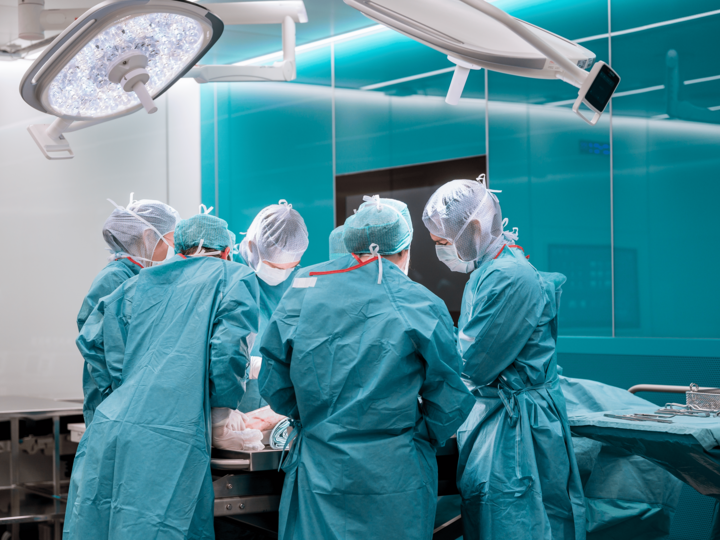 Q7 - Will realistic training environments become the future standard in surgical education?"I'm firmly convinced that surgical training in certain specialties will no longer be adequate without access to realistic environments such as the OR-X. These courses are an essential part of my education, as they help close the gap between theory and practice. Only by practicing each step under realistic conditions can we later apply them safely to real patients. That’s why I believe that such training will soon become an integral part of modern residency programs for surgical trainees. At Balgrist University Hospital, it’s already a great example."
Q7 - Will realistic training environments become the future standard in surgical education?"I'm firmly convinced that surgical training in certain specialties will no longer be adequate without access to realistic environments such as the OR-X. These courses are an essential part of my education, as they help close the gap between theory and practice. Only by practicing each step under realistic conditions can we later apply them safely to real patients. That’s why I believe that such training will soon become an integral part of modern residency programs for surgical trainees. At Balgrist University Hospital, it’s already a great example."
Training Designed for What Matters in the OR
Training Designed for What Matters in the OR
Anna’s reflections illustrate how the Resident Curriculum not only enhances technical proficiency but also builds confidence and promotes a sense of safety in the operating room. Through its hands-on approach, realistic environment, and emphasis on a constructive learning culture, it equips residents with the skills and mindset needed to meet the demands of clinical practice.
Find your surgical course